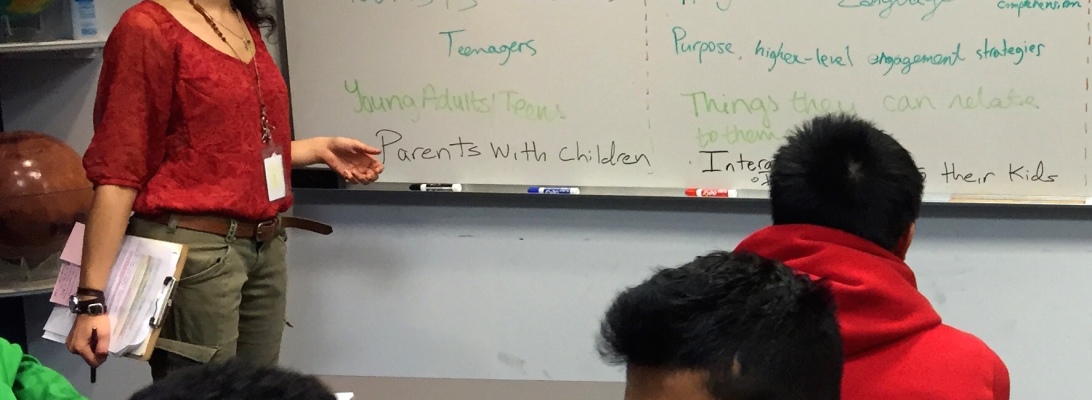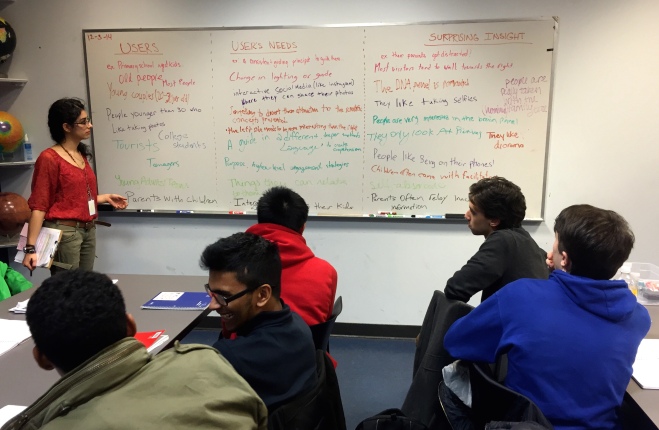[Taught: 2017-18 school year to the present]
Using an app-based game-creation platform called Bloxels, I tasked 4th graders with making the most fun game they could–for an audience of their classmates, the wider school community, and anyone playing in the the Bloxels Arcade.(1)
Students worked in small groups, framing their efforts with design thinking, a highly human-centered process that emphasizes imagining (or empathizing with) users’ experiences, creative problem-solving, and swift iteration. Within each group, students took primary responsibility for one of three roles: Character Designer, Layout Designer, or Story & Theme Designer.


Student interview for the “Empathize” phase of the process. 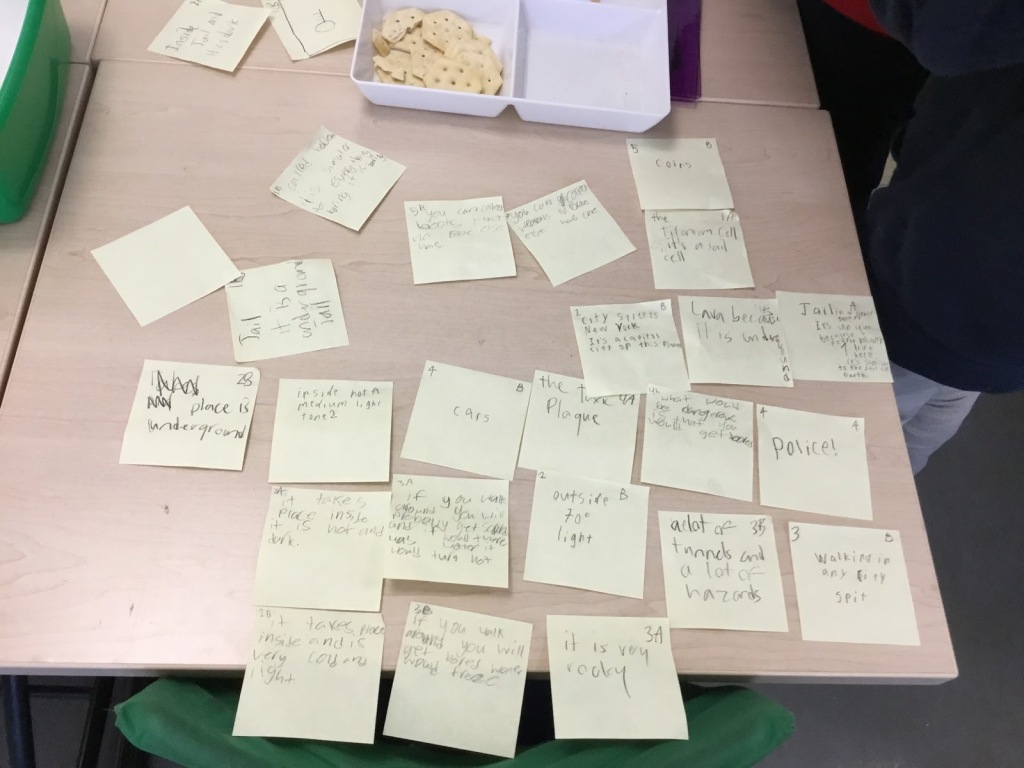
Sticky-note organizing for the “Ideate & Brainstorm” phase. 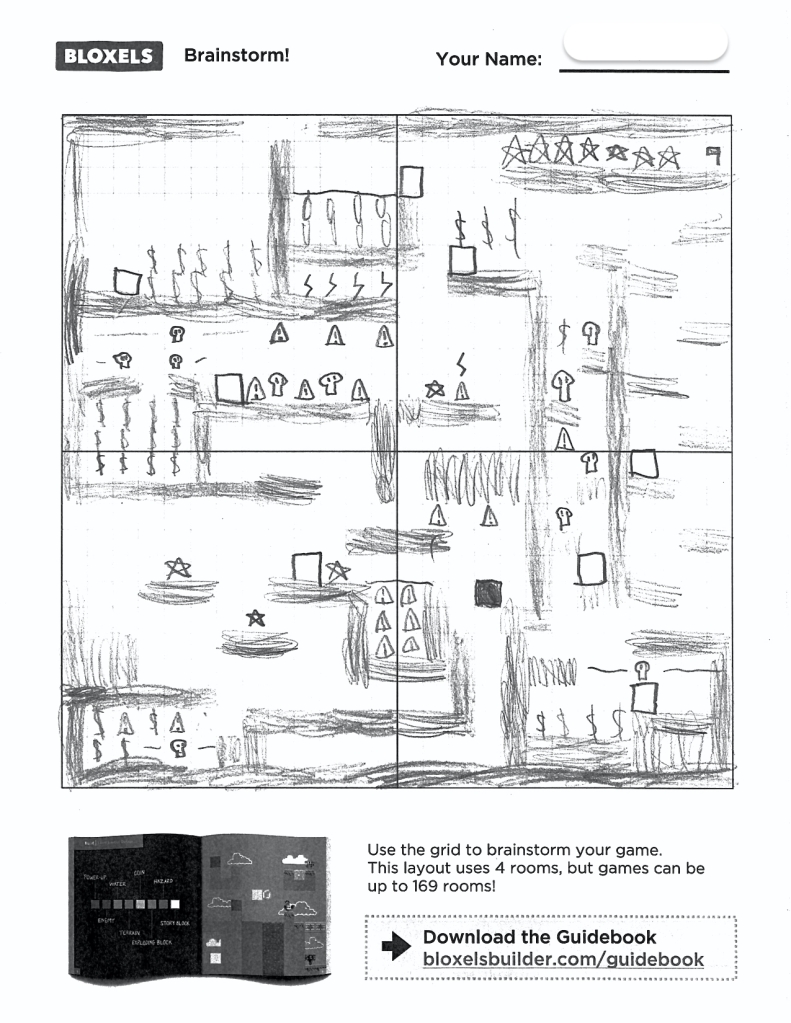
A first draft level design by one project’s Layout Designer 
Another project’s Character Designer starts to experiment with animation 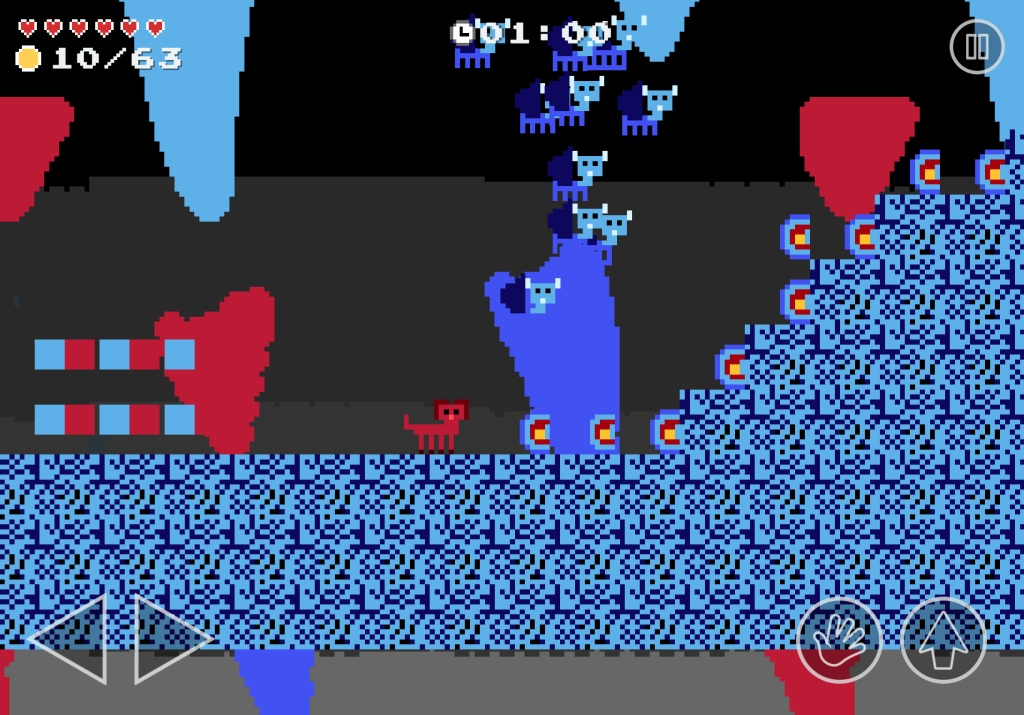
Some original art from the student game, “Fire and Ice” 
A helpful turtle explains the Hero’s quest in the student game, “The World of Toppings” 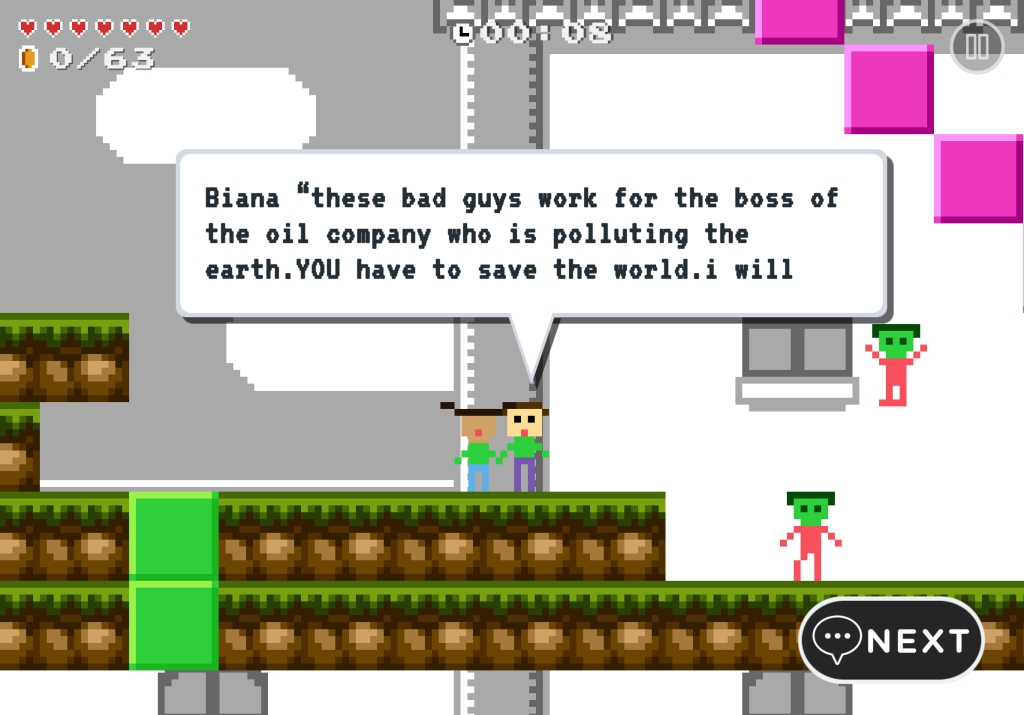
An NPC offers a warning in the student game, “Pollutionville Pummel” 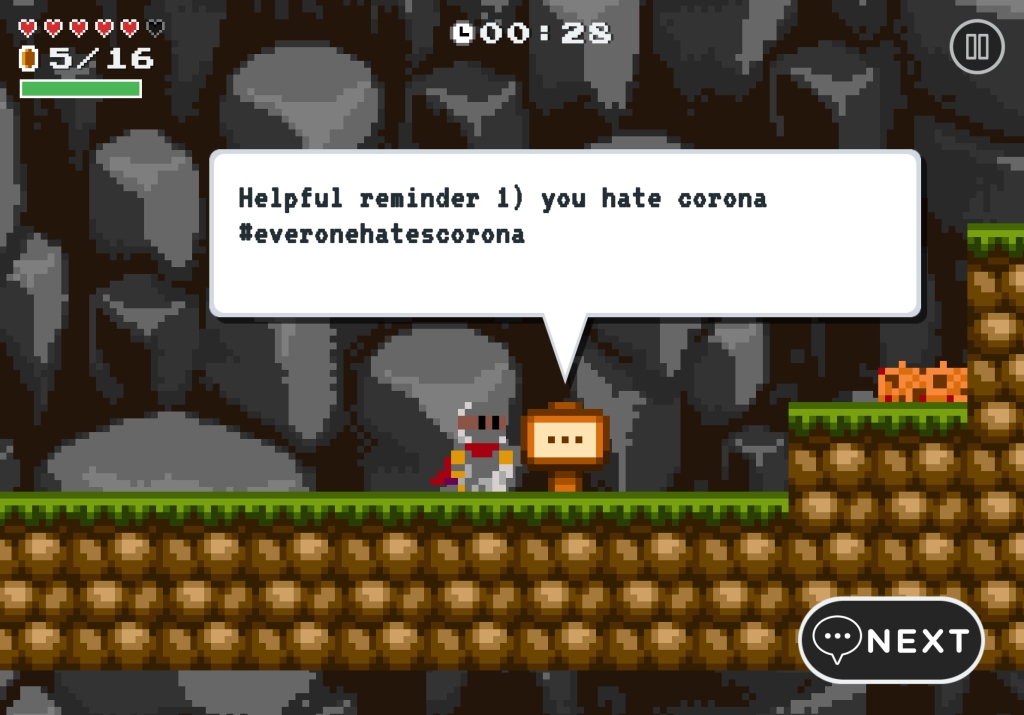
Some contemporary commentary from the student game, “The Journey of Super Milo”
(1) The games students shared to the Bloxels Arcade contained no personally identifying information.





